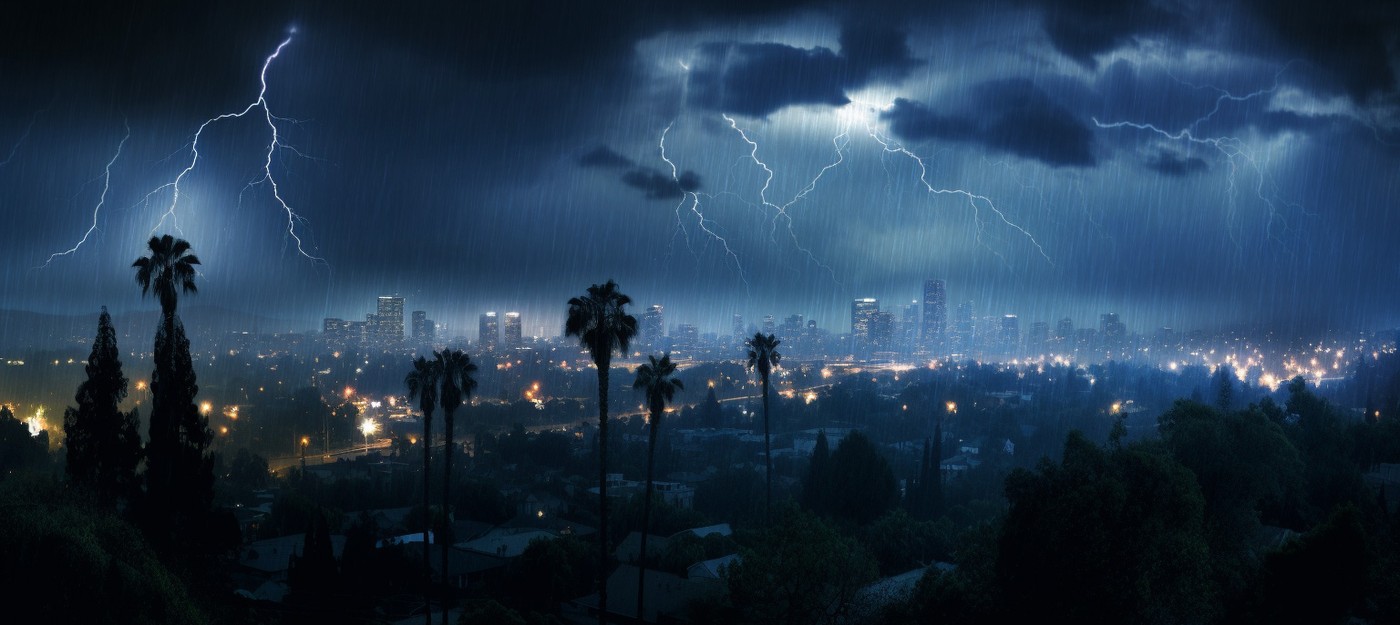Study: Rising emissions could lead to global heat and heavy rainfall extremes

The world may soon grapple with the dual threats of intense heatwaves and heavy rainfall, leading to perilous flood conditions, according to a recent study in Earth’s Future.
Heat and Rain: A Dangerous Duo
Experiencing a heatwave followed by torrential rain is a dangerous combination. Initially, the heatwave parches the soil and vegetation, reducing its water absorption capacity. When heavy rainfall subsequently hits these areas, the hardened, dried-out soil struggles to absorb the water. This often results in surface runoff that can lead to flash floods and landslides.
Haijiang Wu, a researcher at China's Northwest A&F University, emphasized the severity of this issue, stating, “These compound climate extremes have exerted immense pressure on agricultural, industrial, and ecosystems sectors—far surpassing the impact of individual extreme events.”
Climate Models Paint a Concerning Picture
The research team employed multiple climate models to anticipate the compounded effects of climatic extremes by the century's end if emissions persist. Findings suggest:
Drying Conditions: Regions like South Africa, Europe, and the Amazon are likely to face drying conditions due to compound dry–hot extremes.
Increased Precipitation: Areas such as the eastern U.S., Australia, eastern and southern Asia, and Central Africa are projected to witness heightened rainfall, resulting from compound pluvial–hot extremes.
It's worth noting that future risks of compound pluvial–hot extremes are projected to be even larger than those of compound dry–hot extremes. These risks are primarily due to changes in temperature and the relationship between precipitation and temperature. The study further indicates that by the end of the century, under the Representative Concentration Pathway (RCP) 8.5 forcing, the risk of these compound climate extremes could increase 2-3 times over most global land areas.
Past Instances: A Warning
Historical events highlight the repercussions of these compounded climate situations. In 2021, western Europe experienced torrential rainfalls that wreaked havoc in countries like Belgium and Germany. This disaster, according to the Copernicus Climate Change Service, led to over 200 fatalities and extensive infrastructural damage. Coincidentally, Europe also faced a hotter-than-average summer that year.
Furthermore, regions impacted by wildfires, which heatwaves exacerbate, face amplified flood risks. Burn scars, areas where vegetation and soil were previously ablaze, are less equipped to absorb water during subsequent floods.
Recent U.S. Climate Anomalies: A Prelude?
The U.S. has been witnessing a series of climatic extremes. Phoenix, Arizona, underwent prolonged spells with temperatures soaring to 110°F (43.3°C). Concurrently, regions across New England reported unprecedented heavy rainfall and flash floods. Leominster, Massachusetts, experienced a staggering 10 inches of rain within just 6 hours.
Looking Ahead: A Call to Action
The researchers hope that their discoveries will inspire the formulation of adaptation strategies to counter these compounded climatic events. As the risk evaluation and quantification of compound climate extremes become more crucial, Wu underscored the catastrophic implications if these are not addressed promptly, stating, "If we overlook the risk of compound wet-hot extremes and fail to take sufficient early warning, the impacts on water-food-energy security would be unimaginable."